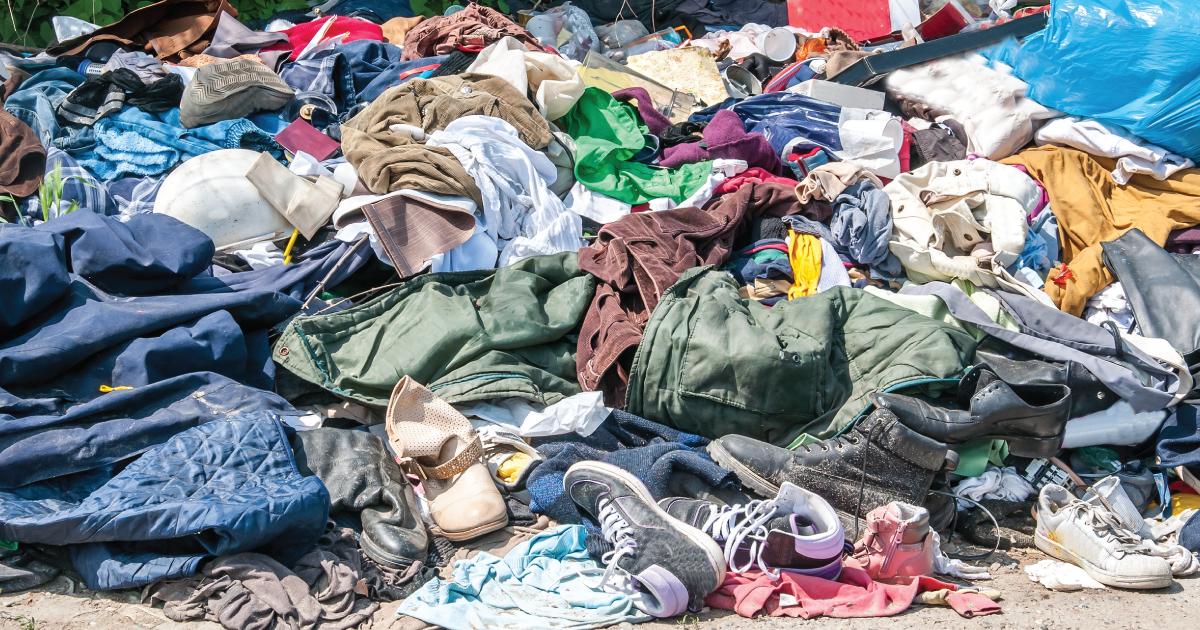
5 Fabrics That Aren’t Great for the Planet—and What To Buy Instead
Buying new clothes is fun, but it can also be costly—to both your wallet and the environment. The fashion industry accounts for 10% of the carbon emissions in the world, making it a major offender in the current climate crisis. While we can buy better and reach for more sustainable fabrics, it’s also worth understanding which fabrics to avoid when you can.
August 18, 2021 | Source: USA Today | by Kevin Cortez
Buying new clothes is fun, but it can also be costly—to both your wallet and the environment. The fashion industry accounts for 10% of the carbon emissions in the world, making it a major offender in the current climate crisis. While we can buy better and reach for more sustainable fabrics, it’s also worth understanding which fabrics to avoid when you can.
Many retailers produce their clothing with a blend of synthetic fibers. Because synthetics extract chemicals from petroleum, this links the fashion industry with the transportation and oil industry, which produces the largest greenhouse gas emissions in the United States. All synthetic fibers are plastic and can take up to 200 years to decompose.
Additionally, laundering clothing made with synthetic fibers in a washing machine releases thousands of microplastic fibers. These pass through our local waterways, sift through sewage treatment plants, and ultimately end up dumped into local rivers and lakes. According to a 2011 study, it’s estimated that the wastewater of a household washer can carry roughly 1,900 individual fibers from a single garment. These microplastics pollute our seas, harming fish and underwater ecosystems. An estimated 35% of all microplastics found in oceans come from clothing, and a study conducted in 2018 found that of all fish caught in the northwest Atlantic Ocean, 73% contained plastic in their stomachs.
